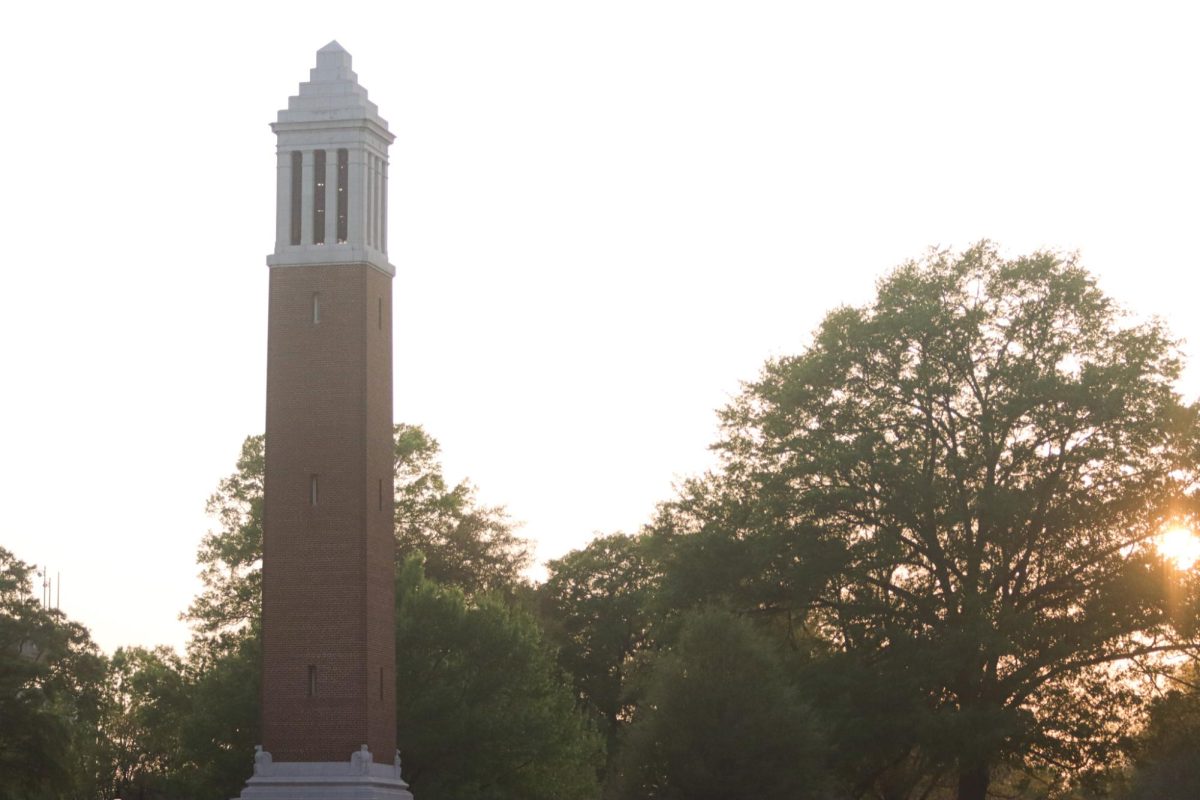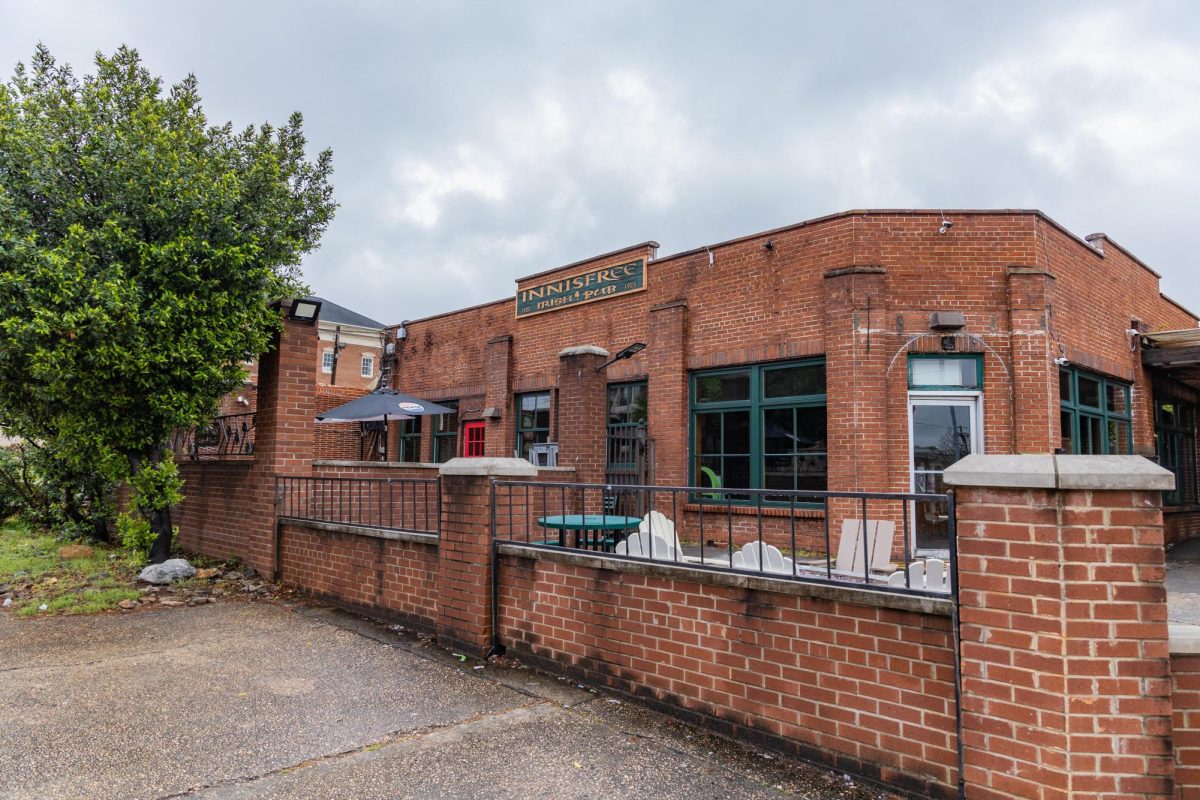By Anna Price Olson
In their newly published book, “Images of America: Tuscaloosa,” Amalia K. Amaki and Katherine Mauter explore the city from its roots as the first southwest settlement along the Black Warrior River to the Tuscaloosa of the 1960s.
The authors present more than 200 vintage images in the photo-caption book, which capture the unique character of Tuscaloosa in order to preserve the local heritage and share its history. As part of Arcadia Publishing’s Images of America series, the carefully chosen images illustrate the past that shaped the community today.
Arcadia, a publishing company out of South Carolina known for publishing the stories of cities through photographs, contacted Amaki last June asking her to tell the story of Tuscaloosa. While Amaki is not a native of Tuscaloosa, she is a professor of art history at the University of Alabama. She views the study as a historical perspective on objects and translates this idea to historic preservation.
After her first contact with the publisher, Amaki began to search for a native of Tuscaloosa to be her partner in this project. Her search led her to Katherine Mauter, executive director of the Tuscaloosa County Preservation Society.
“It’s too easy to overlook points of a city when you are not from the city,” Amaki said.
Together, the authors recognized that some people living in Tuscaloosa don’t know their own history. In order to educate the people, they use pictures to travel back to when the city was founded to demonstrate what actually happened over the years.
Through what Mauter calls a “grown-up picture book,” Amaki and Mauter strive to teach a history lesson through pictures.
“I want every house in Tuscaloosa to have at least 1 or 2 copies,” Mauter said.
When choosing pictures for her sections of the book, Mauter chose photographs to trigger people’s memories— to make them think about things they haven’t in a while. She included old photos of structures still standing and mixed in images of buildings no longer present. However, she said she did not include these images as a lamentation of what we have lost.
“We wanted to maintain the theme and reflect on the history,” Mauter said. “There is an underlying theme of ‘look at what house we no longer have and what we do.’”
With their contracts signed in September and the book on sale Jan. 9, the authors have engrossed themselves in the study of Tuscaloosa for the past few months. After the whirlwind experience of publishing a book, the two are happy to have a finished product.
Amaki found the research process to be an eye-opening experience, saying she especially enjoyed learning about the institution that is her employer and found it interesting how politically-minded the student body was until around 1960.
While Amaki admits publishing a historical book is hard work that required more than a few all-nighters, she gleamed with excitement as she talked about the city of Tuscaloosa and her overall experience.
“It’s just the nature of the beast,” Amaki said. “But like anything else, the more familiar you become with a place, the better you understand.”









